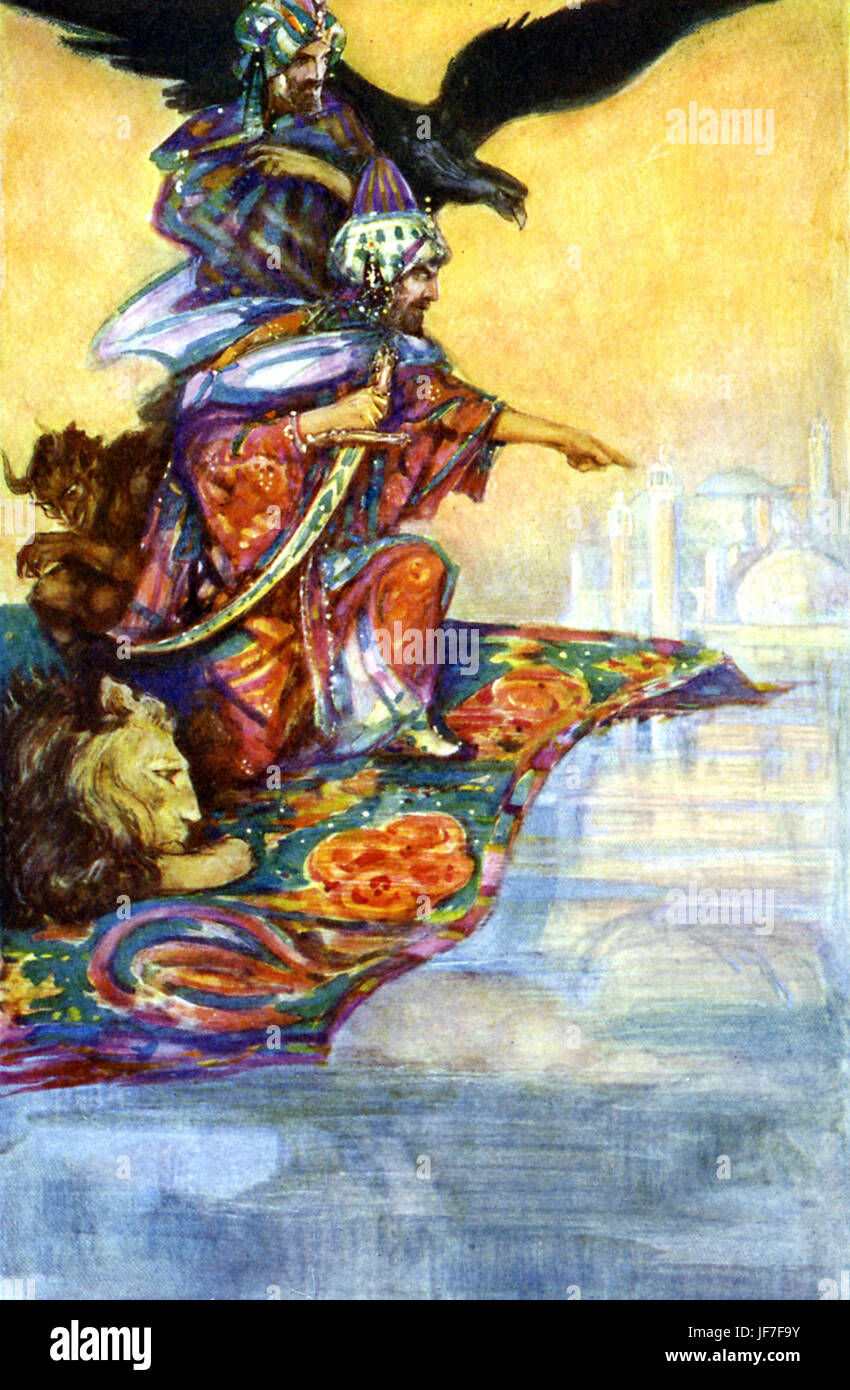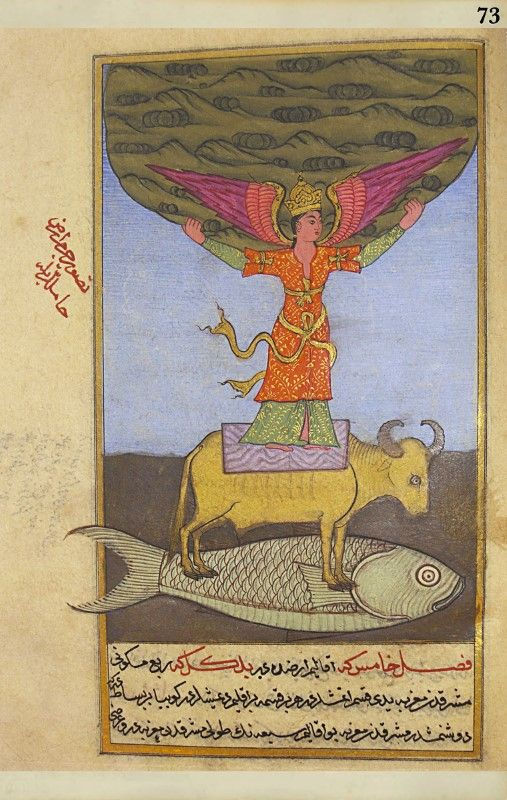Ethics and Culture (FotM)
- Kyle Boddy
- Aug 3, 2022
- 6 min read
Updated: Aug 8, 2022
Cultural appropriation takes place when members of a majority group adopt cultural elements of a minority group in an exploitative, disrespectful, or stereotypical way.
Taking off in the 1980s, the term cultural appropriation was first used in academic spaces to discuss issues such as colonialism and the relationships between majority and minority groups. Like many such terms, cultural appropriation eventually made its way out of the academy and into popular culture.
In video game contexts we can talk about video game culture, analyzing games as Adrienne Shaw's Gaming at the Edge (2014) suggests as ‘games in culture’ or ‘games as cultural artifacts. Focusing on the representation of world culture in the images, narrative, and other multimedia content present within the games that we consume. The essential feature of culture is that it is learned and transmitted from one generation to the next, and rests on the human capacity to think symbolically.
Learning implies the development of knowledge, if the learning is incorrect or incomplete then the transmission can lead to cultural modification and /or the loss of cultural knowledge. Video games often contain symbolic representations of the cultures they are representing and thus present a cultural form through which we can communicate cultural knowledge.
This leads us to consider why we should concern ourselves with cultural representation in video game contexts.
Games production companies have reacted through mechanisms, such as moving towards using multi-ethnic and cultural teams. This argument is also played out through the continual drive towards the depiction of realism and the use of realistic environments to increase the connection between the gamer and the narrative and aid in ‘cultural tourism’ through play.
The symbols of culture we consume provide mechanisms for individuals to negotiate meanings from their representation. These symbols and culture are not something that remains constant but change over time. Therefore, there is a need to understand the culture in the context of time, principally through an understanding of cultural heritage.
With that said we need to look at the cultural appropriation of the main concept of Flight of the Magi(FotM), magic carpets.
Referring to texts such as 'The Thousand and One Nights
, also called 'The Arabian Nights ', (Alf laylah wa laylah- Arabic), a collection of largely Middle Eastern and Indian stories of uncertain date and authorship the history of magic carpets may be traced back to an earlier point in time. King Solomon of Israel is the earliest known historical figure to be associated with magic carpets. There are at least two versions of the tale of King Solomon and his magic carpet. One of these is said to have been written by a 13th century AD. Jewish scholar by the name of Isaac Ben Sherira.
In Ben Sherira’s story, the legendary Queen of Sheba had a royal alchemist who managed to make a small brown rug hover above the ground. Years later, the alchemist perfected his skill, when he discovered that the trick lies in the carpet’s dying, rather than in its spinning process. When the queen heard this good news, she had a magic carpet made, and sent to King Solomon as a token of her love. This carpet is said to have been made of green silk which was embroidered with gold and silver and studded with precious stones. The carpet is also said to have been so large that the king’s host could stand on it. When the carpet arrived, Solomon was busy with the construction of the Temple of Jerusalem. He could not receive the gift and gave it to one of his courtiers instead. When news of this cold reception reached the Queen of Sheba, she was heartbroken and decided not to have anything more to do with magic carpets. Without royal patronage, the alchemist (and his artisans) could no longer make magic carpets, and the knowledge is said to have been lost forever. Alternatively, it has been claimed that the artisans involved in the making of the magic carpet wandered around for years, before settling down somewhere in Mesopotamia.

In another version of the Solomon story, the king received his magic carpet from God himself. This carpet is said to have been able to carry 40000 men in the air at any given time. Being in possession of this carpet, Solomon’s pride is said to have grown each day. Eventually, God decided to punish Solomon, and whilst the carpet was flying in mid-air, He shook it, thus causing the 40000 men on it to fall to their deaths.
Apart from being a mode of transportation, magic carpets have also been depicted as a sort of weapon that was used during wars. One of these stories relates to the late 2nd century B.C. Parthian king by the name of Phraates II. In 130 B.C., the king is said to have been engaged in a war with Antiochus VII, the ruler of the Seleucid Empire. In the story, Phraates flew from the heights of the Zagros Mountains on a carpet to confront his enemy, which he destroyed with fire and lightning. Phraates was given a triumphant reception when he returned, and is said to have floated over the heads of his subjects on his magic carpet.
In another story, a 3rd century AD. Sassanian ruler, Shapur, is said to have had a magic carpet too. Using his carpet, Shapur sneaked into the camp of the Roman army one night, surprising Emperor Valerian, who was asleep and abducted him.
Undoubtedly the most famous version of the story is Disney's Alladin (1992). In the original version of ‘Aladdin and the Magic Lamp’, the abduction of Princess Badroulbadour and her bridegroom on their wedding night happened not on a magic carpet, but on their marriage bed, which was carried through the air by the genie of the lamp. However Disney appropriated the story and characters to appeal to a western audience using the typical good versus evil, the hero gets the girl trope.
In a similar fashion to Disney's Alladin FotM also "westernizes" the old Arabic fables of magic carpets this was a conscious decision and made not to profit from or bastardize the originals but to make the game more approachable and understandable by western audiences. With no discernable in-game story elements, our cultural differences come in the playable character, asset design, and creatures.
The playable character in FotM is very clearly a western version of a magic user using traditional English signifiers such as a hood, long beard, old age, and cloth tunic with colors to match their elemental alignment. The division for this was made in part due to the lack of a character artist within the group forcing us to outsource/purchase a ready-made character and also to allow our target, a western, audience to at a glance recognize that this is a Mage character.


The mage towers in the game are very western designed towers as western culture dictates that mages live in tall cylindrical towers and again this design choice was made to allow players to understand yes this is my characters' tower/home/base.
Lastly, these towers are topped with a dragon(Wyvern) that hovers around unable to draw itself away from the towers due to the magical energies that resonate in the towers. Dragons are synonymous with magic in all cultures however the traditional Arabic tales of the dragon Bahamut depict the dragon as a giant fish with a bull on its back on top of which stands an Angel who holds up the earth preventing it from sinking into the sea. To pay homage to the traditional version of Bahamut we have a giant monstrous fish that swims through the central water body of the map.


With Games being arguably the most engaging form of media at this point in time it is only fair to assume they will have the greatest cultural impact within any given society. It is my belief that Games do however have to push the boundaries of what is considered acceptable cultural appropriation. Not to the point of exploitation but enough to open one culture to another this cannot be done by simply trusting a Whole new culture down one's throat but must be delivered in bite-sized chunks along with something familiar and relatable.
APA Referencing
Gaming at the Edge. (n.d.). University of Minnesota Press. https://www.upress.umn.edu/book-division/books/gaming-at-the-edge
Harn, J. (2018, January 3). 10 Fascinating Arabian Myths and Legends. Culture Trip. https://theculturetrip.com/middle-east/united-arab-emirates/articles/10-fascinating-arabian-myths-and-legends/
Legends of the Quran: Solomons Flying Carpet. (n.d.). Answering Islam. https://www.answering-islam.org/Quran/Sources/Legends/flying_carpet.htm
What Is Cultural Appropriation? (n.d.). Encyclopedia Britannica. https://www.britannica.com/story/what-is-cultural-appropriation
Wiki Targeted (Entertainment). (n.d.). Disney Wiki. https://disney.fandom.com/wiki/Aladdin_(character)



Comments